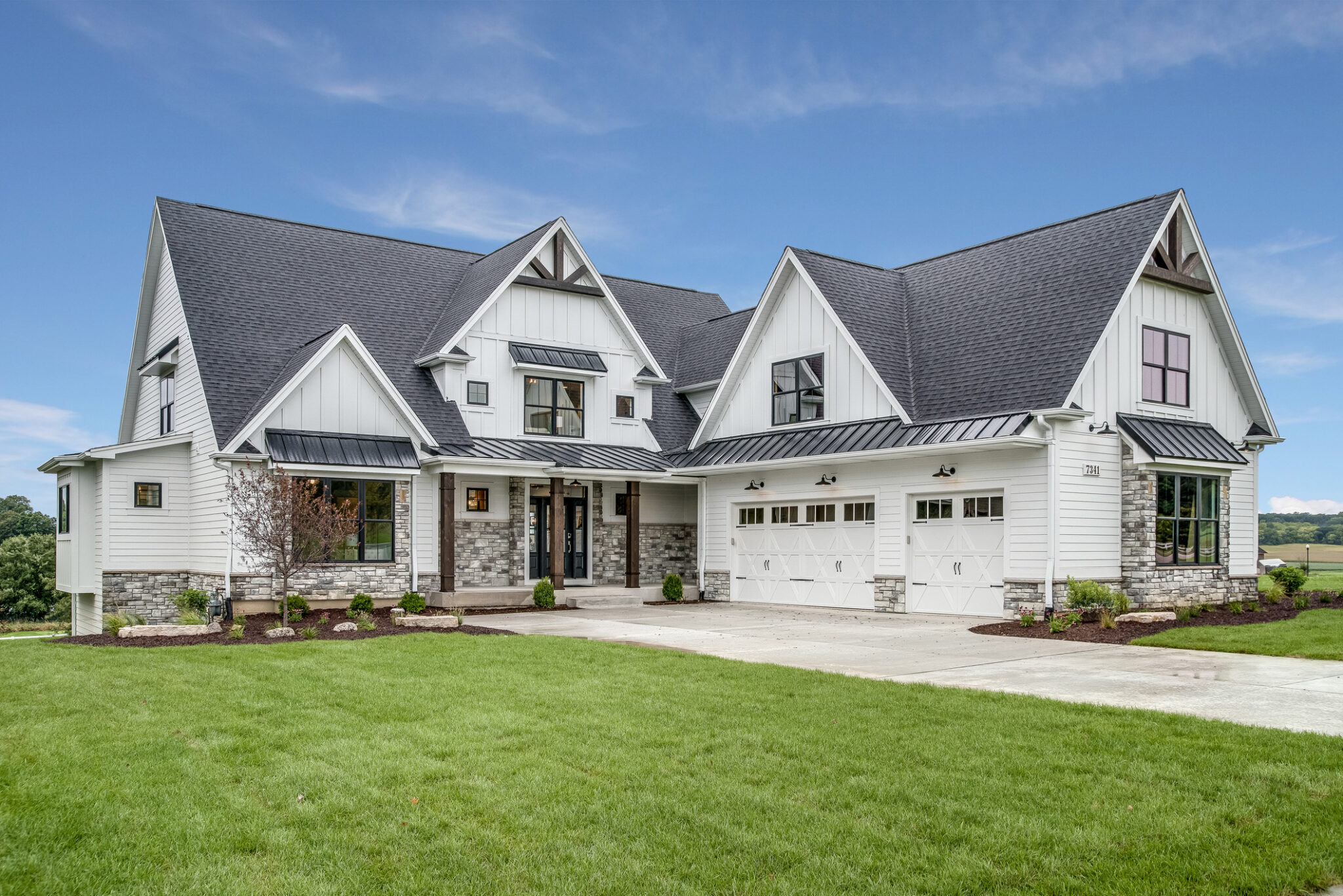Addressing Overinsurance and Underinsurance for Short-Term Rental Properties

As a property manager, you know the potential disasters that lurk around the corner when a short-term rental is underinsured. While having more insurance than you need is far better than not having enough, it also means you’re paying hundreds — maybe even thousands — more than you need to.
You might find yourself asking these questions: Am I overinsured? Am I underinsured? How much rental insurance do I need? Here’s a closer look at some information that should help you find the answers.
The Risks of Being Underinsured
Not having enough insurance — or having the wrong kind of insurance — can lead to a financial disaster. If you’re asking yourself “Am I underinsured?” you should take a close look at your insurance policy. One common example of underinsurance in the short-term rental industry is only having homeowner’s insurance.
Someone new to the world of short-term vacation rentals might errantly believe that a standard home insurance policy will cover their rentals. But if one of their properties is damaged by a guest, the owner may be in for an unpleasant surprise.
Most home insurance policies only cover private residences, and because renting a home is considered commercial use, standard policies almost never cover damage by short-term rental guests.
Some property owners have the right insurance for short-term rentals, but just not enough of it. The worst-case scenario is to have a rental property take serious damage but discover the insurance payout is far too small to cover the repairs.
The Risks of Being Overinsured
Maybe you know that your rental properties are solidly covered in the event of disaster. But it’s still worth asking yourself, “Am I overinsured?”
If you were only insuring one home, overinsurance might not be a serious problem. But suppose that you’re paying an extra $500 in premiums per year on each short-term rental. If you have 40 rental properties, that means you’re effectively throwing away $20,000 per year.
One of the most common mistakes that lead to overinsurance is purchasing bundled coverage you don’t actually need. Another mistake is simply choosing standard policies without reading the fine print. That’s why at Safely, we offer customizable coverage so that you can protect your properties without overpaying.
How to Avoid Being Overinsured or Underinsured
Now you know some of the perils of having too much insurance or not enough. But that raises a pressing question — how do you know how much insurance you need?
At Safely, we’re always happy to discuss your insurance needs and help you choose the right coverage. Below, we’ve included some general guidelines for determining how much and what kind of coverage to purchase.
Liability Coverage
If you don’t have enough liability coverage (or worse, if you have none at all), you could face financial disaster if a guest is injured on a property you manage. Liability insurance can pay for medical bills and other expenses if a guest is hurt, but if the policy isn’t large enough to cover their full losses, the guest could file a lawsuit against you.
Exactly how much liability coverage you need is a judgment call, but at least $1 million is generally recommended. If your short-term rentals have swimming pools or other potential hazards, you might consider a larger amount. Often, you can get thousands of dollars of additional coverage for a minimal increase in premiums.
Structural Damage
It’s not easy to determine how much insurance you might need to cover structural damage. If you’ve recently had your rental property appraised, you may have been given three different valuations:
- Market Value: How much the home would likely sell for in the current market
- Replacement Cost: How much it would cost to build from the ground up
- Actual Cash Value: The cost to rebuild the home minus depreciation
When you’re insuring a rental property, it’s always best to insure for the replacement cost. There’s no need to insure for the market value because a home’s market value includes the land. If the home is destroyed in a fire, you don’t need to replace the land; you only need to rebuild the home sitting on it.
Insuring for actual cash value may be less expensive, but it’s not practical for a short-term rental property — your insurance payout wouldn’t be enough to build a comparable home.
If the rental hasn’t had an appraisal recently, talk to several construction companies about current construction costs per square foot. For example, suppose that you want to insure a home that is 4,000 square feet and that the going construction rate is $200 per square foot. In that case, you should insure the home for at least $800,000.
Of course, inflation means that construction costs are always rising. If you’re asking yourself, “Am I underinsured?” you should think back to the last time you calculated the home’s replacement cost. To avoid accidentally becoming underinsured, you should reassess each short-term rental property’s replacement cost every year.
That’s not the only time you should reassess, however. Major remodels increase the value of a property, so your insurance coverage should increase, too. As a general rule, you should get in touch with your insurer if either of the following is true:
- You spent at least $5,000 on a remodel
- You spent at least 5% of the home’s value on a remodel
Remember, a remodeling project on a short-term rental home is an investment, and you should make sure you protect that investment with the appropriate insurance coverage.
Get Your Coverage Just Right With Safely
At Safely, we understand that owners and managers of short-term rental properties have unique insurance needs. That’s why we offer customized policies. With Safely, you pay for everything you need and nothing you don’t.
We understand that choosing the right insurance coverage isn’t always straightforward, and we’re here to help you make the right decisions for your business. If you’re wondering, “Am I overinsured?” we can help. Get in touch with us to learn more or ask for your free quote today!






